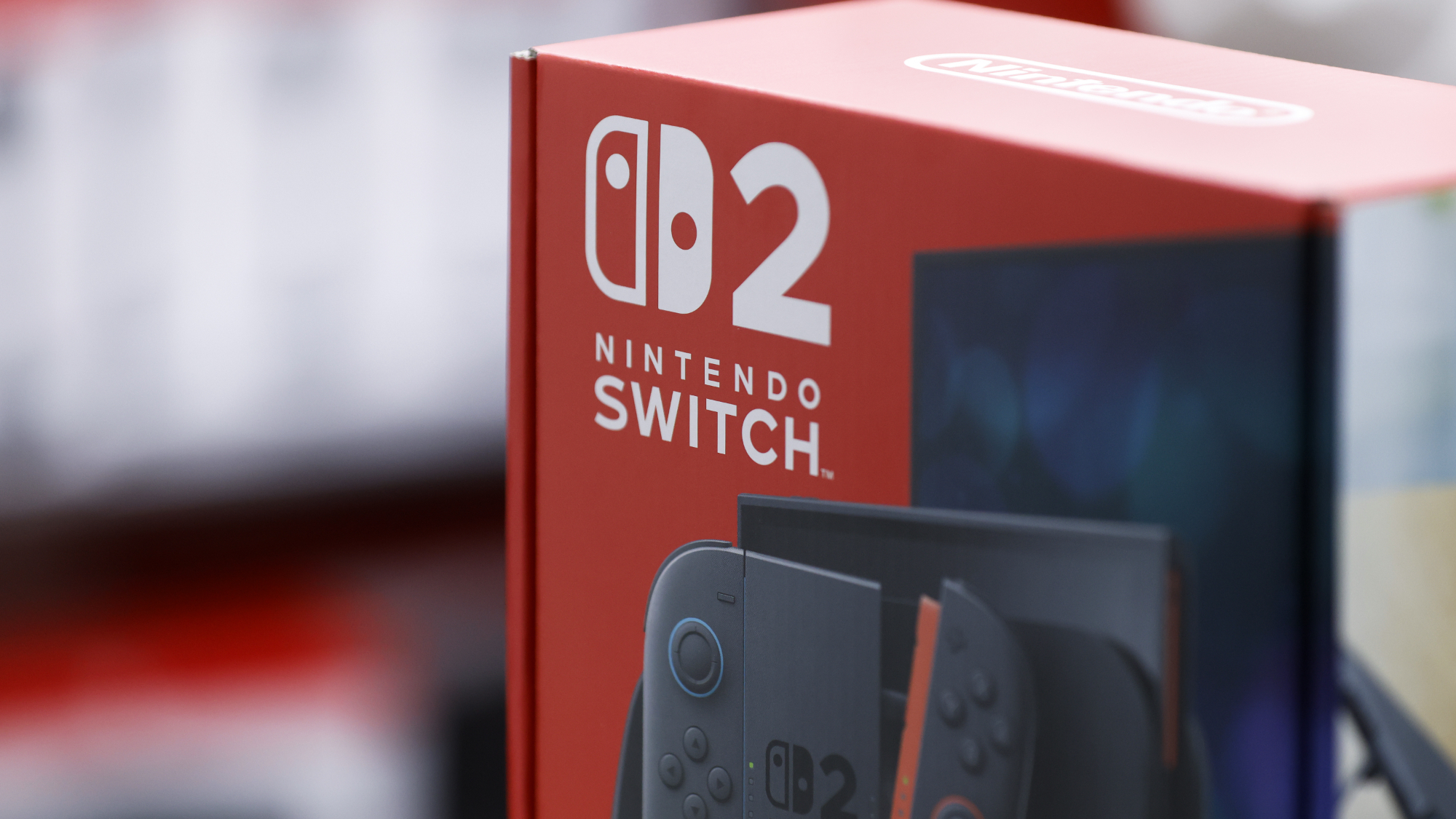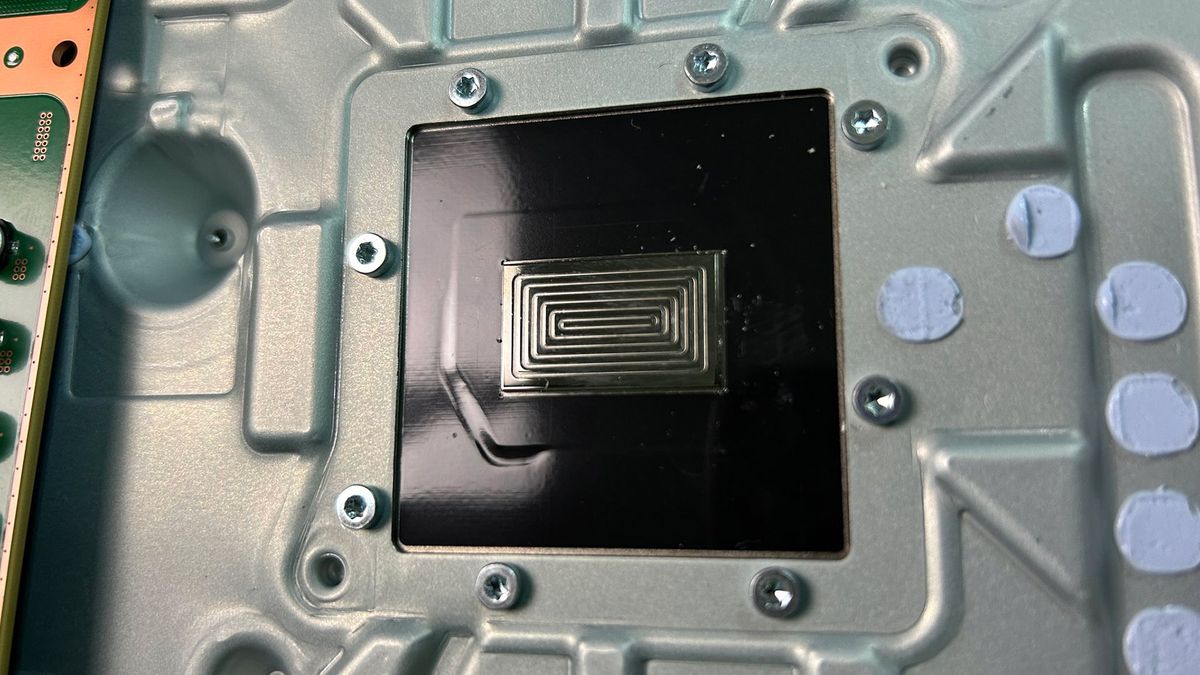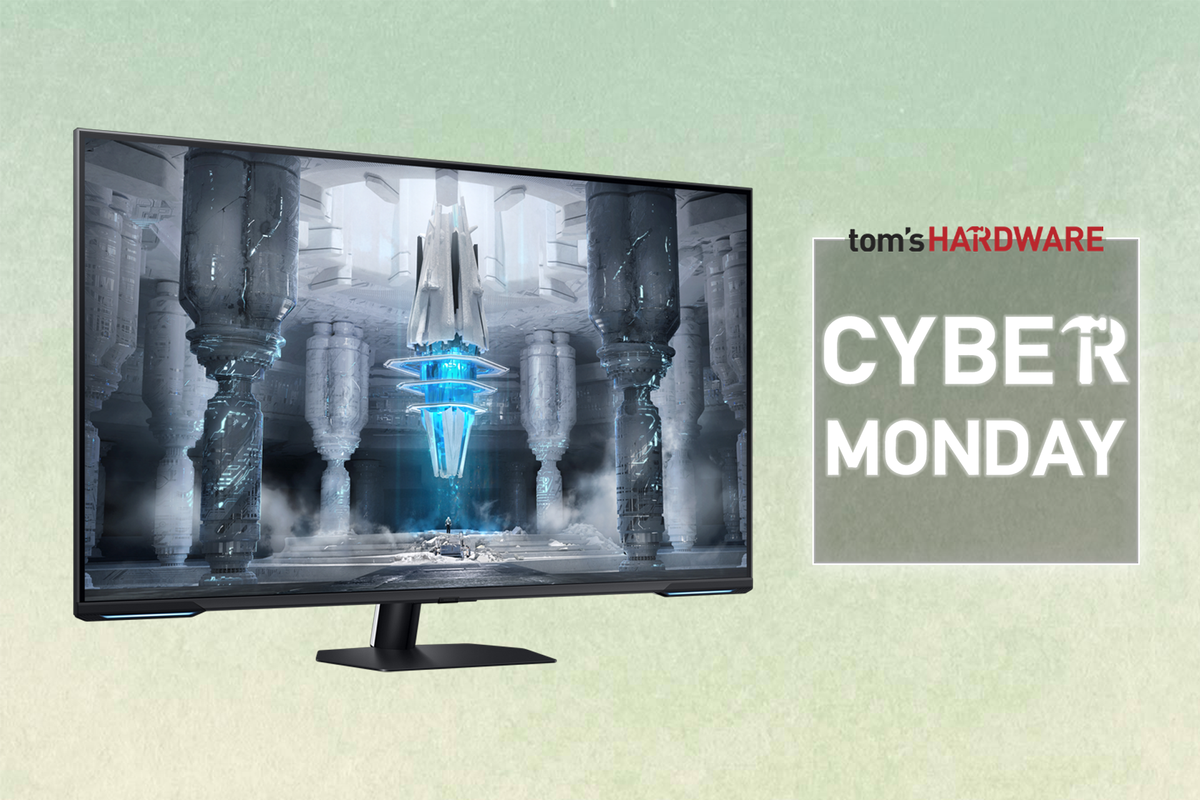Nintendo's latest Switch 2 handheld has a screen with room for improvement. According to Chinese reviewer Chimolog, the Switch 2's display has an abysmal 17.06 ms average response time.
It's worth mentioning that the reviewer makes no mention of their testing methodology so take this information with a pinch of salt. The Switch 2 comes armed with a 1080p, 120 Hz, 7.9-inch, LCD display.
At best, the Switch 2's screen was allegedly capable of an 8.88 ms response time, but at worst, it achieved an impressively slow 27.46 ms response time. At a 17 ms average response time, the Switch 2 screen is so slow that the pixels cannot physically change to some colors fast enough to project a 60 Hz (60 FPS) gaming experience accurately. The Chinese reviewer compared the Switch 2's response time to a plethora of 60 Hz and 75 Hz gaming monitors, and the console came in dead last by quite a significant margin.
The next closest monitor in the reviewer's testing suite was the Innocn M2U 27 Mini-LED monitor featuring an 11.06ms response time. By way of comparison, the M2U had a 65% better response time compared to the Switch 2.
It seems Nintendo prioritized all other areas of the display. Chimolog allegedly recorded contrast ratios, brightness uniformity, brightness, and color gamut performance that matched or exceeded the performance of typical mainstream displays. The display allegedly boasts a contrast ratio of 1309:1, 1.54% brightness uniformity, and peak brightness of 303 cd/m². The display's color gamut covers 100% of the sRGB color space, 99.6% of the DCI-P3 color space, 97.9% of the Adobe RGB color gamut, and 71.9% of the Rec. 2020 color gamut. The panel Nintendo is using for the Switch 2 is allegedly an IPS display of some kind.
The only other area that Nintendo sacrificed quality for was apparently text readability. The Chinese reviewer claims the IPS panel in the Switch 2 has a "special RGB" layout where the RGB diodes are arranged in a wave-like pattern, causing text to appear blurry (similar to the text readability problems that can be found on many OLED panels).
Unfortunately, the reviewer could not properly test the display's capabilities at 120 Hz to check if the same response time issues plague the display's maximum refresh rate. Generally, though, response times get lower the closer a display is to running at its highest rated refresh rate. But there's no knowing if the response times would be fast enough, regardless, for a proper 120Hz experience for the same reasons mentioned before.
The Switch 2's display has the worst performance characteristics of pretty much any display on the market today, including the original Switch (not to mention the Switch OLED). Monitors Unboxed found the Switch 1's LCD is 10ms faster than the Switch 2's display (its testing showcased an even slower 33.3ms average response time for the Switch 2).
However, Nintendo's decision to put an ultra-slow screen in the Switch 2 won't stop gamers from buying the console. The console has already broken a world record in sales, selling 3.5 million units in just four days, making the Switch 2 the best-selling Nintendo console in history. The Switch is also the only console series that is officially capable of playing Nintendo games, so gamers have little choice but to deal with the poor screen performance if they want to play their favorite Nintendo games. Hopefully, Nintendo will ship an OLED version of the Switch 2 sooner rather than later to rectify the console's awful display.

 5 months ago
70
5 months ago
70






 English (US) ·
English (US) ·